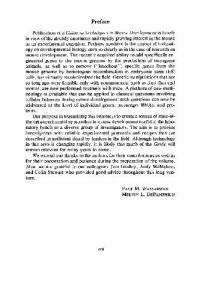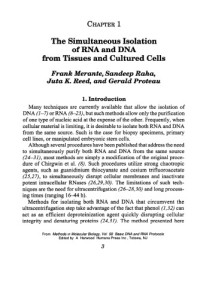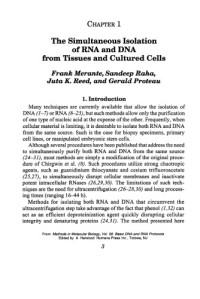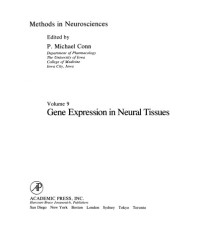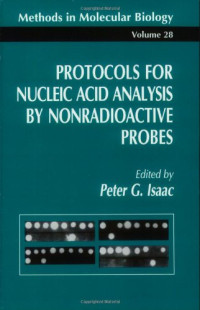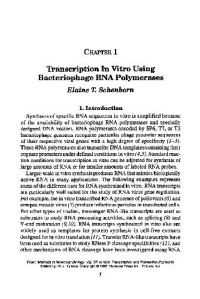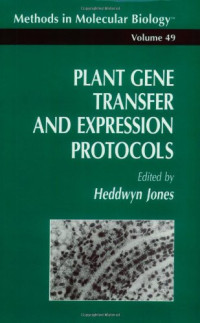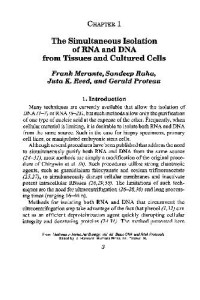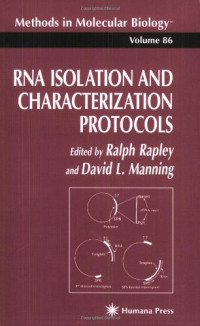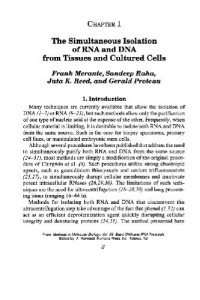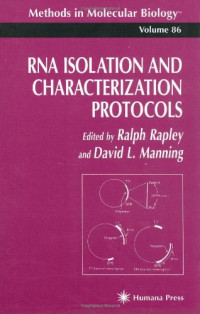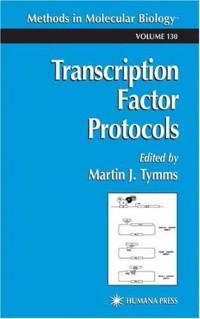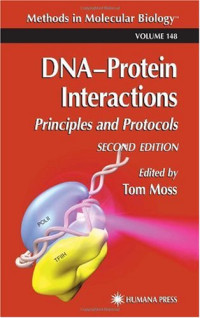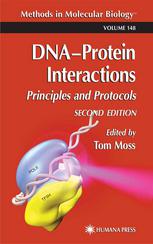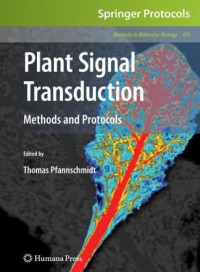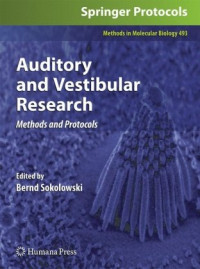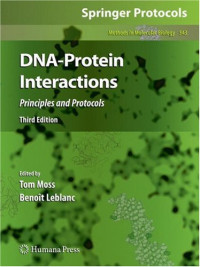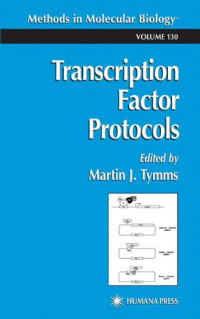
Plant Gene Transfer and Expression Protocols
Heddwyn Jones
The development of recombinant DNA technology and methods for transferring recombinant genes into plants has brought about significant advances in plant science. First, it has allowed investigation, using reporter genes, into the transcriptional regulation of plant genes―a key to the under standing of the biochemical basis of growth and development in plants. Second, gene transfer technology has facilitated the molecular cloning, by tagging genomic sequences, of important genes (e. g. , homeotic genes) whose gene products control the normal pattern of growth and differentia tion of plants. Third, overproducing foreign or endogenous proteins in plants can often lead to a better understanding of biochemical and physiological processes. Fourth, gene transfer technology has allowed the improvement of plant agricultural productivity. For example, plants have been engineered with improved viral resistance or the ability to withstand herbicide attack, therefore allowing a more effective use of herbicides to kill weeds. Fifth, there have been recent successes that demonstrate the potential use of plants as biotechnological chemical factories. For example, it is possible to use plants in the production of human antibodies and antigens of medical importance. It has been demonstrated recently that plants can be engineered to produce modified oils and even plastics! This paves the way to redirect agriculture from the production of surplus foods to the production of bio technological products of industrial importance.
年:
1995
出版商:
Humana Press
語言:
english
頁數:
457
ISBN 10:
089603321X
ISBN 13:
9780896033214
系列:
Methods in molecular biology 049
文件:
DJVU, 4.03 MB
IPFS:
,
english, 1995
 Amazon
Amazon  Barnes & Noble
Barnes & Noble  Bookshop.org
Bookshop.org  轉換文件
轉換文件 更多的搜索結果
更多的搜索結果 其他特權
其他特權 


